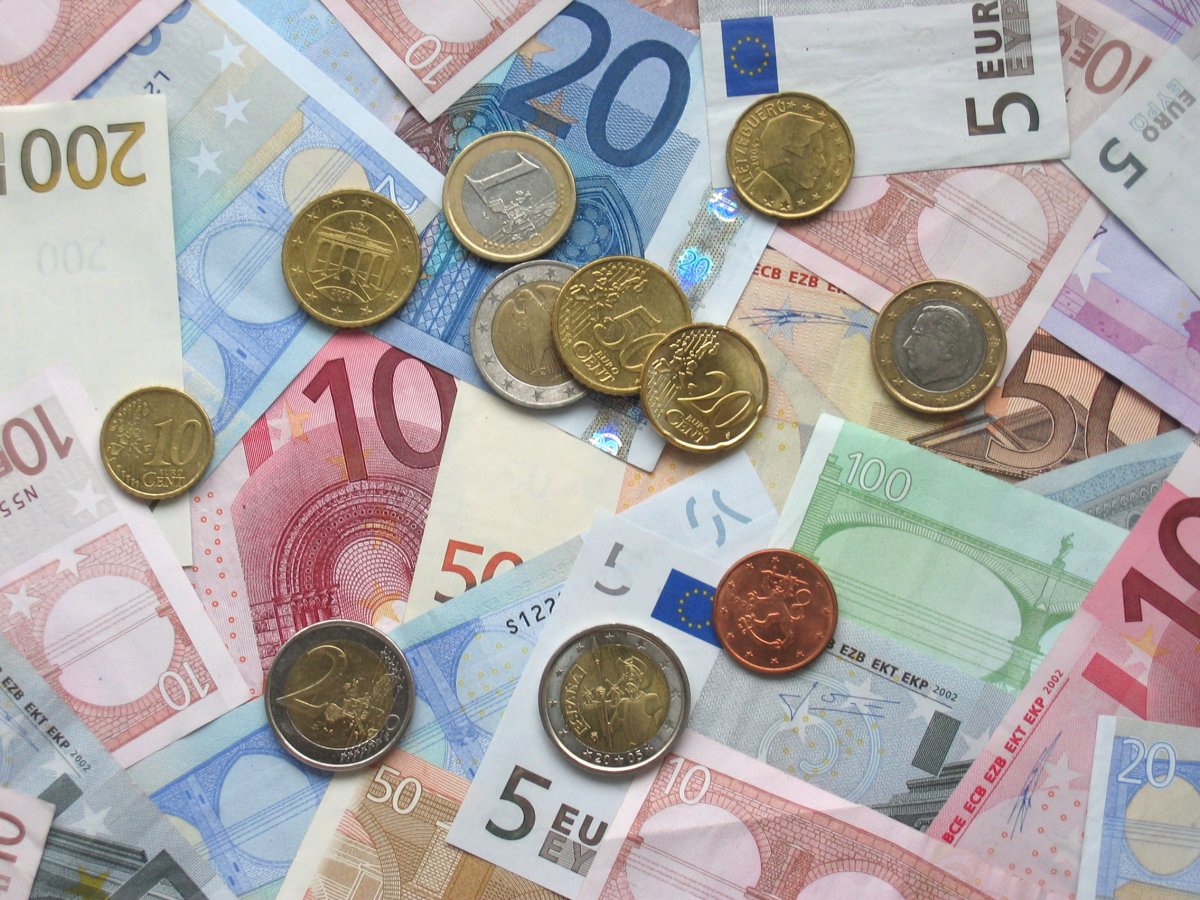It is hard to believe that the Euro is 15 years old, but it is. In fact, the notion of a shared currency unit for the European states was mooted back as far as 1929, but it took until 1979 it to finally start to take shape.

The catalyst for change was the collapse of the Bretton Woods agreement which linked currencies to the value of the US Dollar so the pathway was open to a different form of currency management.
So from 1979, the European Monetary System linked the currencies of Europe together through the European Currency Unit (ECU). This was little more than an accounting system to align currencies but it certainly began a series of negotiated steps to bring a shared hard currency into being.
One example was the German reunification, which despite being opposed by France, suddenly got French backing when Germany gave a commitment to a European monetary union. These deals and wrangles culminated in the signing of the Maastricht treaty in 1992: an agreement to create a shared currency by 1999 with criteria by which each country would become eligible to join.

In 2000, after a troubled first year, the Euro stopped weakening and began to assume the sort of strength you might expect from the second most liquid currency in the world, but things became a lot more volatile in the wake of the financial crisis of 2007/2008.
Since then, the European central bank has pumped significant amounts of funds into some of the vulnerable Euro-sharing states, notably the Mediterranean fringe countries, Spain, Portugal, Italy and Greece. The base interest rate has been cut to 0.25 per cent and yet there are few signs of recovery in the Eurozone other than in the German economy.
In spite of these turbulent times, the Euro has stayed together and has expanded from the 11 original users to 18 as of 2014. The Euro is also used as a peg against which a number of African countries value their local currency.
Sharing a common currency without much closer financial and political integration is never going to be a trouble free undertaking and Europe has experienced the majority of the potential pitfalls over the last 14 years. So as Scotland and Quebec consider independence using their ‘old’ currency, they may consider the lessons of others and try to learn from their mistakes.





Comments